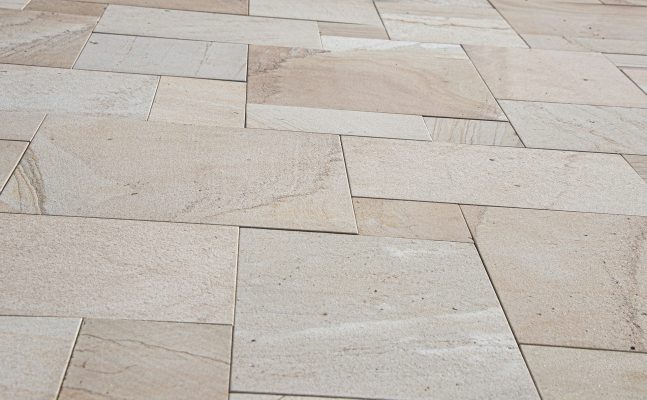Using natural stone in your home or business is a great way to add some character and elegance. Natural stones can be prone to dull marks, etching, and small cracks, but with the correct care and maintenance, there’s no need to worry about the etching or discoloration. If you’re considering adding natural stone into your building’s design, or are already enjoying the character it brings, check out these easy and effective tips that’ll help you restore and maintain the stone’s natural beauty, so you can enjoy it for years to come.
Natural Stone Restoration: Types of stones
As there are many different natural stones that can be used in interior design, those stones also have different classifications. Knowing whether the stone is calcareous or siliceous can help greatly when it comes time to clean. Limestone, onyx, and marble are examples of a calcareous stone. These types of stones can be sensitive to acid, so we recommend using a pH-balanced and non-acidic soap to clean. Types of siliceous stones are generally found in cooking environments as they are able to stand up to acid, unlike calcareous stones. Examples of siliceous stones include granite, soapstone, and slate.
Natural Stone Restoration: Sealant
When it comes to natural stone, it’s incredibly important to have it sealed – and this may need to be done more than once. Adding a sealant to your stone will help prevent staining when items such as food or liquids are spilled – so a small accident doesn’t become a big problem. A great way to test if your stone needs sealed is by pouring a small amount of water onto a commonly used area of the stone. Let the water sit for a few minutes before wiping it up, if there’s a dark spot where the water was that means it’s time for a new sealant as the stone absorbed some of the water. Sealing the stone is something you can do yourself, but we recommend getting it professionally done to ensure complete removal of the last sealant and complete coverage of the new sealant.
Natural Stone Restoration: General cleaning
Cleaning up spills and messes as soon as you can will go a long way in maintaining your stones natural color and quality. In order to do that, it’s good to know how to properly clean these spills and messes to prevent damage. When cleaning up a mess, you’ll want to use a damp soft cloth with a cleaner specifically made for natural stone. If you need to clean up a more stuck-on mess, you can use a brush with soft bristles and clean in a circular motion as this will help avoid scratching the stone – but keep in mind using an abrasive cleanser like this or even the back of a sponge too often could strip away the sealant and damage the stone over time. Once you’re done cleaning, dry the area quickly with a soft towel to avoid spotting. When it comes to protecting your floors from scratching, we recommend shaking out rugs and door mats often to rid them of any dirt that could potentially scratch the natural stone.
Yes, natural stone is porous and more prone to discoloration and etching. But the good news is it’s easy to clean, repair, and restore to its natural finish. Simply understanding the basics of the stone, proper cleaning practices, and the precautions to take can only help set you up for success so you can enjoy its natural beauty.


Anonymous says:
Hello, this is a wonderfully articulated blog. I just finished writing a few on the history of Indian Natural stones and also on Indian Limestone, Sandstone, and patio packs